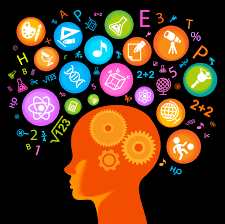
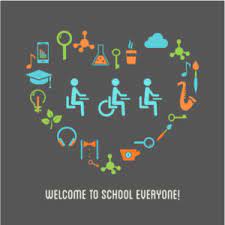
Module 5: High Incidence Categories
Prior to this module, these were the categories I was most familiar with. I have worked with many students who had mild intellectual disabilities, who were gifted, who had learning disabilities, who had mental illness and who required behaviour support. I have used a variety of strategies and worked with my support team to ensure that I was doing everything possible to meet the needs of these learners.
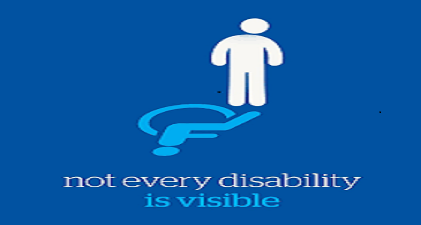
What did I begin to understand?

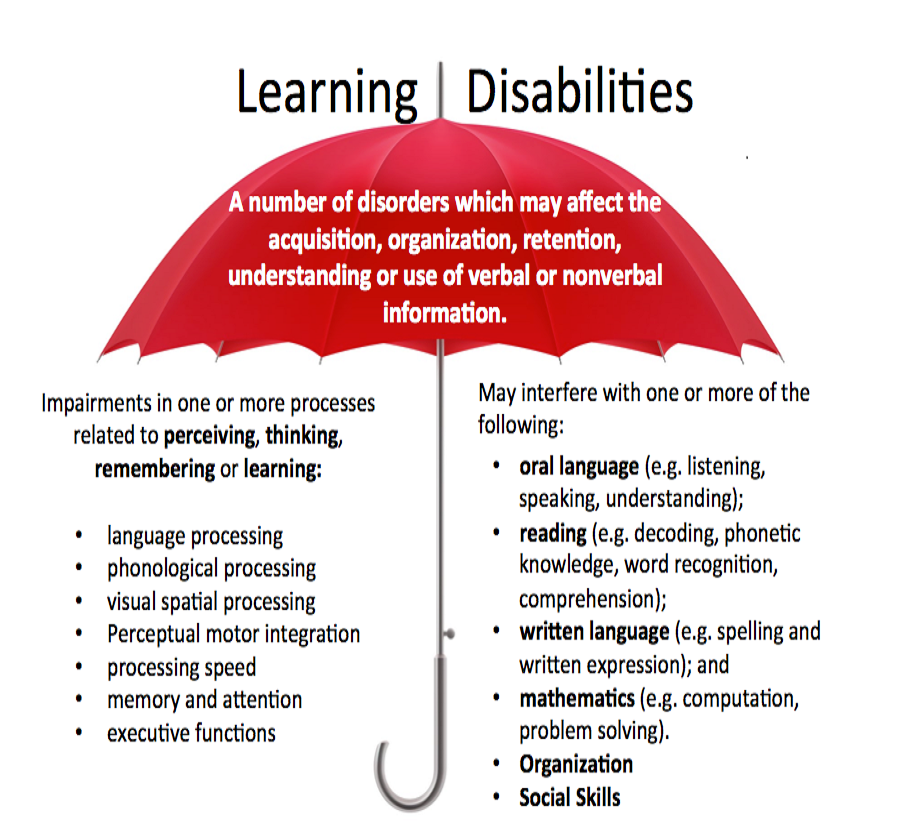
Category Q
Category Q: Learning Disabilities
"Learning disabilities refers to a number of disorders that may affect the acquisition, organization, retention, understanding or use of verbal or nonverbal information. These disorders affect learning in individuals who otherwise demonstrate at least average abilities essential for thinking and/or reasoning...Learning disabilities range in severity and may interfere with the acquisition and use of one or more of the following:
Oral language (e.g., listening, speaking, understanding)
Reading (e.g., decoding, phonetic knowledge, word recognition, comprehension)
Written language (e.g., spelling and written expression)
Mathematics (e.g., computation, problem solving)"
(BC Ministry of Education, 2016).
Learning disabilities are life-long, but students can achieve great success with the appropriate supports. When students are given direct instruction, time to practice the skills they are learning, small group support, a variety of visuals and graphic organizers, assistive technology, repetition and word games, reference sheets for math, and extra time to process and complete assignments, they can succeed (HelpGuide, 2020). As there are many different types of learning disabilities, there are many strategies that can be used to support students. Utilizing Universal Design for Learning will greatly benefit students with learning disabilities.
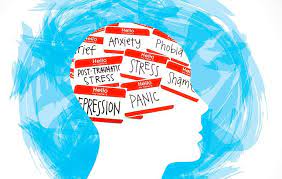
Category R
What's Next?
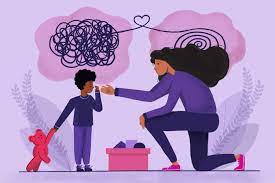
How will I use what I learned?
The deep dive that we did looking at students with mental illness and students requiring behaviour supports was very beneficial! There were a ton of resources that were linked along with a lot of strategies that can be used. I will be utilizing these documents to guide further learning and classroom planning to support students with these designations.
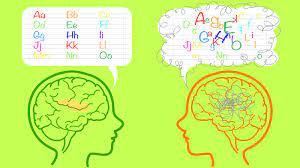
What questions do I still have?
What is the Talk for Writing program and how can I use it to benefit my students?
How do we best assist students who need spelling support? How much should spelling take precedence when the students need support in other areas as well?